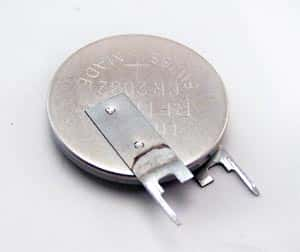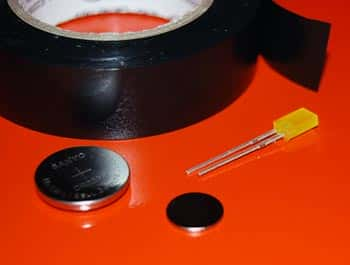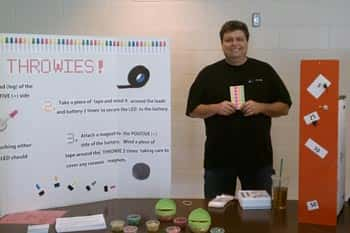Although there is no existence of a stretchable phone or laptop at present, researchers have developed a prototype of a battery that is wearable and can be stretched. This stretchable Lithium-ion battery is fabric-based. With this type of battery, the team of researchers, from the University of Houston, has opened up a new direction for the future of wearable technology.
Professor Haleh Ardebili first came up with the idea for this stretchable Li-ion battery. He initially envisioned a future with smart, interactive, and powered clothes. From here, it was but a natural step to create stretchable batteries that could integrate with stretchable devices and clothes. For instance, one can use clothes with interactive sensors embedded in them to monitor their health.
Typically, batteries are in general rigid and are a major bottleneck in the wearable technology development of the future. Not only does the stiffness of a battery lead to limited functionality, but their use of liquid electrolytes raises safety concerns. Especially as the organic liquid electrolyte is flammable and prone to explosions. The researchers are using conductive fabric made of silver as the platform for the flexible battery and as the current collector.
The team prefers the woven sliver fabric for the battery, as it can easily deform mechanically by stretching, while still providing the necessary electrical conduction pathways for the electrodes of the battery to perform. The battery electrodes need to allow the movement of both ions and electrodes. With their experiments and prototypes, the researchers have entered to investigate an unexplored field in science and engineering. Going beyond the prototype, the researchers are working on optimizing the design of the battery, its fabrication, and its materials.
According to the researchers, the fabric-based stretchable battery will work wonders for various applications like smart space suits and devices for interacting with humans at a variety of levels, such as consumer electronic equipment embedded in garments for monitoring health. In fact, the applications for such a device are endless, providing a path for light, safe, flexible, and stretchable batteries. However, the team feels they have much to do before they can commercialize their idea.
While they need to work on the cost and scale for commercial viability, the team feels there is a clear need in the market for such batteries, especially in the future, for stretchable electronic devices. Once such products appear in the market, there will be a huge demand for the batteries. Right now, the team wants to make sure the batteries are as safe as possible.
The team faced many challenges in designing the stretchable battery. It took more than five years for them to reach the present state. Their main impediment was integrating the fabric with a functional battery.
As to how the battery works, the team explained that while the electro-chemically active material in the battery provides charge through bonding and debonding of lithium, it coats and deposits on the sliver stretchable fabric. While the lithium ions shuttle back and forth within the battery between the positive and negative electrodes, the battery can stretch as the polymer electrolyte and the fabric can also do so.



